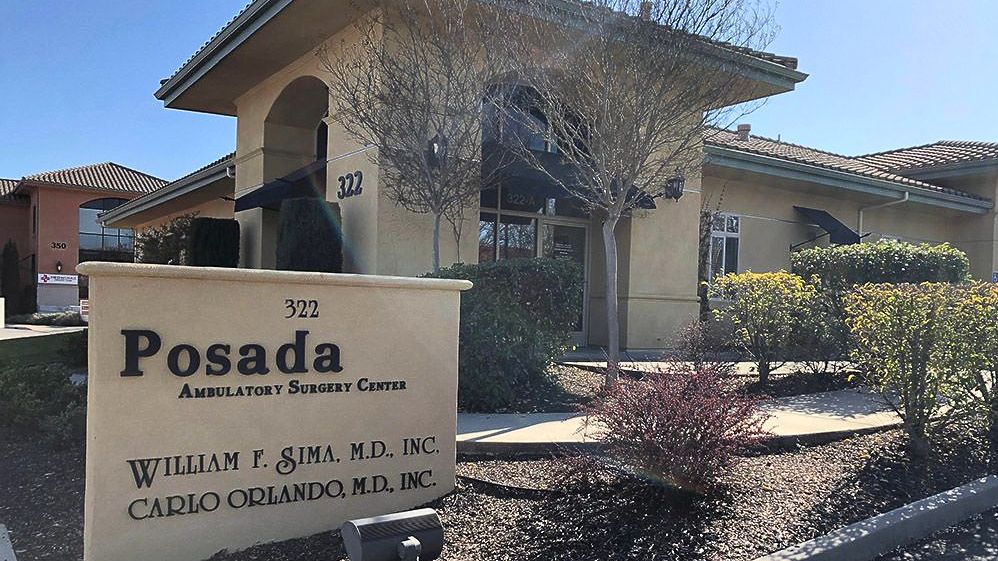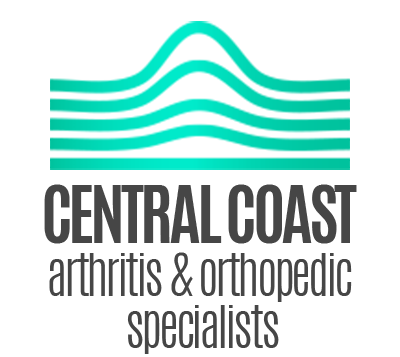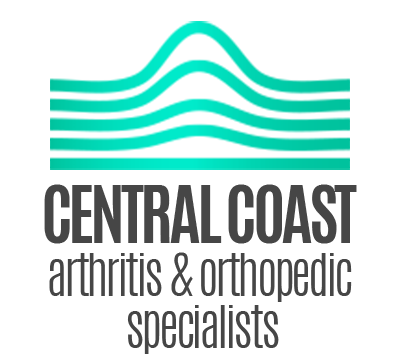Relieve hip pain and recover quickly
Hip Pain and Injuries: Diagnosis and Treatment by Dr. Orlando
The hip joint is one of the largest weight-bearing joints in the body and allows the leg to move and rotate while keeping the rest of your body stable. The femur—the heaviest bone in the body— fits into the acetabulum of the pelvis, also known as the hip socket. Muscles and ligaments help stabilize the hip joint and enable movement. The entire structure is versatile, and as far as joints go, the hip joint is heavy-duty. But because the hip joints bear such a heavy load, they are vulnerable to injury and osteoarthritis.
Always there to care
Book Your Appointment
Hip page - book
Common hip injuries
- Arthritis of the hip
- Femoroacetabular impingement syndrome(FAI)
- Bursitis
- Labral tear
- Hamstring/muscle injuries
- Gluteus medius muscle
Hip injury treatments offered
- Hip arthroscopy
- Arthroscopic labral repair
- Arthroscopic hip trochanteric b ursectomy
- Arthroscopic gluteus medius muscle repair
- Hamstring Repair
Don’t see your injury listed? Only the most common injuries are listed here, please give us a call to talk about your specific condition.
Understanding hip arthritis
There are two common forms of hip arthritis: osteoarthritis and rheumatoid arthritis. Osteoarthritis is a degenerative joint disease and the leading cause of hip pain.
During its early stages, the cartilage on the ends of the hip bones inflame and can lead to stiffness after long periods of rest and pain during active periods. As osteoarthritis progresses, chronic inflammation will cause the cartilage to wear away. This causes bone damage, as the ends of the bones rub together during movement. At this point, patients often experience increasing pain and stiffness, and the inability to walk without pain. Patients who are over the age of 50, have a family history of the disease, or have had a past hip injury have a higher risk of developing osteoarthritis.
Rheumatoid arthritis is most common in patients between the ages of 40 and 60. It is an auto-immune disease. Middle-aged women and patients with a family history of rheumatoid arthritis have the highest risk of developing the disease. Rheumatoid arthritis typically affects the corresponding joints on both sides of the body, such as both the left and right hip joints. This is in contrast to osteoarthritis, which generally affects one joint. Symptoms of rheumatoid arthritis include increasing pain, stiffness after periods of rest, swelling around the hip joints, and decreased range of motion.
Orthopedic hip procedures video library
Hip arthritis symptoms
Hip arthritis is typically characterized by a progression of symptoms. Initially, patients experience pain and stiffness that accompanies certain movements, particularly in the groin area. Patients often report that the pain is most severe in the morning, during physical activity, or after extended time sitting. Eventually, inflammation and grinding of the hip joint can become so uncomfortable that it can wake patients during the night.
Diagnosing hip arthritis
There is no single sign, symptom, or test that can diagnose hip arthritis. Rather, Dr. Orlando generally makes the diagnosis based on the consideration of several factors, including the characteristic symptoms of arthritis and the results of laboratory tests and X-rays.
Treatment
The goal of treating arthritis of the hip is to improve mobility and lifestyle by controlling pain and improving hip function. There are a variety of nonsurgical treatments that patients are often recommended, including rest, anti-inflammatory medication, physical therapy, activity modification, and steroid injections. If symptoms are severe and nonsurgical treatments are not effective, Dr. Orlando may determine that outpatient total hip replacement is appropriate.
Prevention
As with many orthopedic conditions, there are a variety of lifestyle modifications that patients can make to reduce the risk of developing hip arthritis. The less stress on your joints means the less likely they are to wear out prematurely. A few common recommendations include:
- Maintaining a healthy weight
- Exercising to strengthen muscles around joints
- Using good posture
- Resting if joint pain starts to bother you
- Starting new activities slowly and safely until you know how your body will react

Posada Surgery Center
Dr. Orlando performs a majority of his surgeries at the Posada Surgery Center, located right next door to his practice. Enjoy a comfortable and professional setting for your surgery and be home by dinner!
Spotlight on hip arthroscopy
Do you have hip or groin pain that is aggravated with activity? Or do you have a painful clicking or popping sensation in your hip? If so, you may be a candidate for hip arthroscopy, a minimally invasive, outpatient procedure that can eliminate your pain and may also help prevent arthritis in the hip. Until recently, the only treatment was to wait until the pain became severe enough to perform a hip replacement surgery.
Now, an orthopedic surgeon may be able to diagnose a precursor condition to hip arthritis called femoral acetabular impingement syndrome (FAI). If diagnosed early, these bone spurs can be removed with a hip arthroscopic procedure. This minimally invasive procedure uses tiny incisions and a small camera to locate the lesions. The bone spurs are then shaved down, sparing the cartilage further damage and limiting the risk of arthritis.
In addition to helping prevent hip arthritis, hip arthroscopy can also repair the damage caused by labral tears. Some labral tears can be repaired with sutures, but most are simply trimmed to remove that damaged tissue that is blocking the joint. Because hip arthroscopy is minimally invasive, it requires no hospital stay and most patients are able to return to normal activities within seven days.
Unfortunately, you may not know if you have these bone spurs unless you go to your orthopedist and have x-rays taken of your hip. So call CCOS today to schedule an evaluation of your hip.


